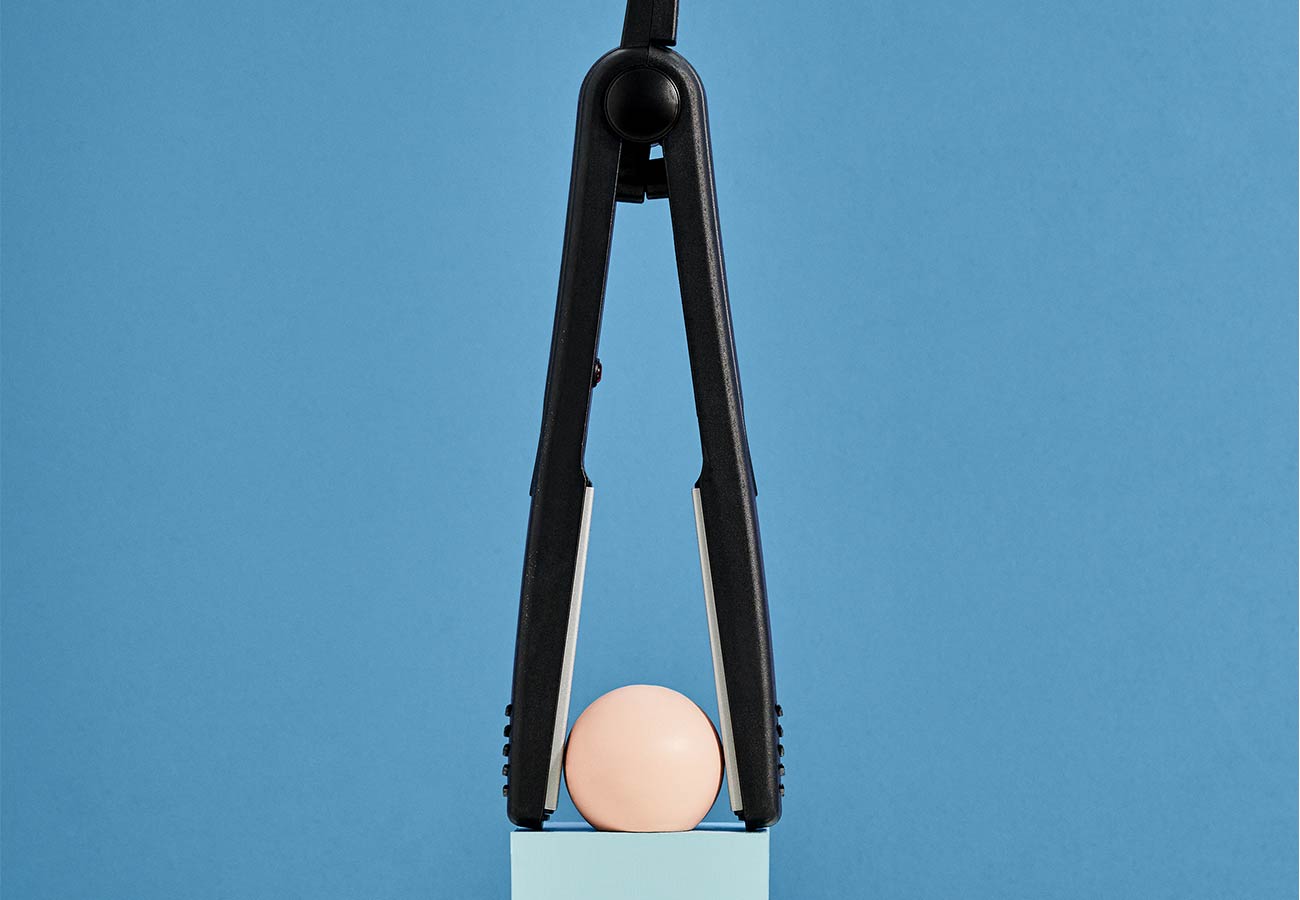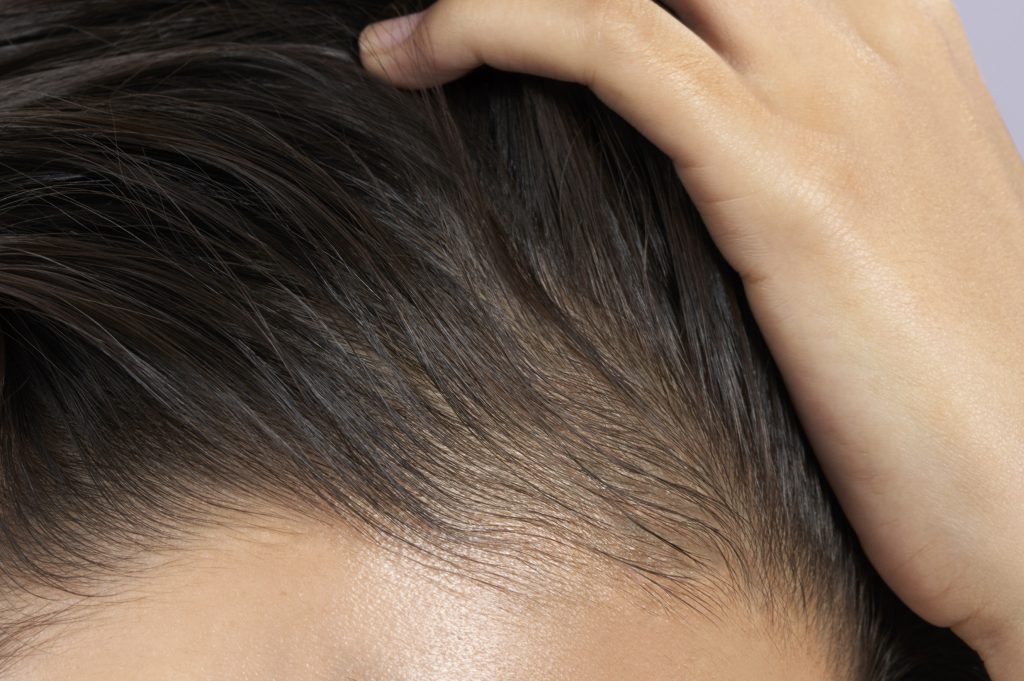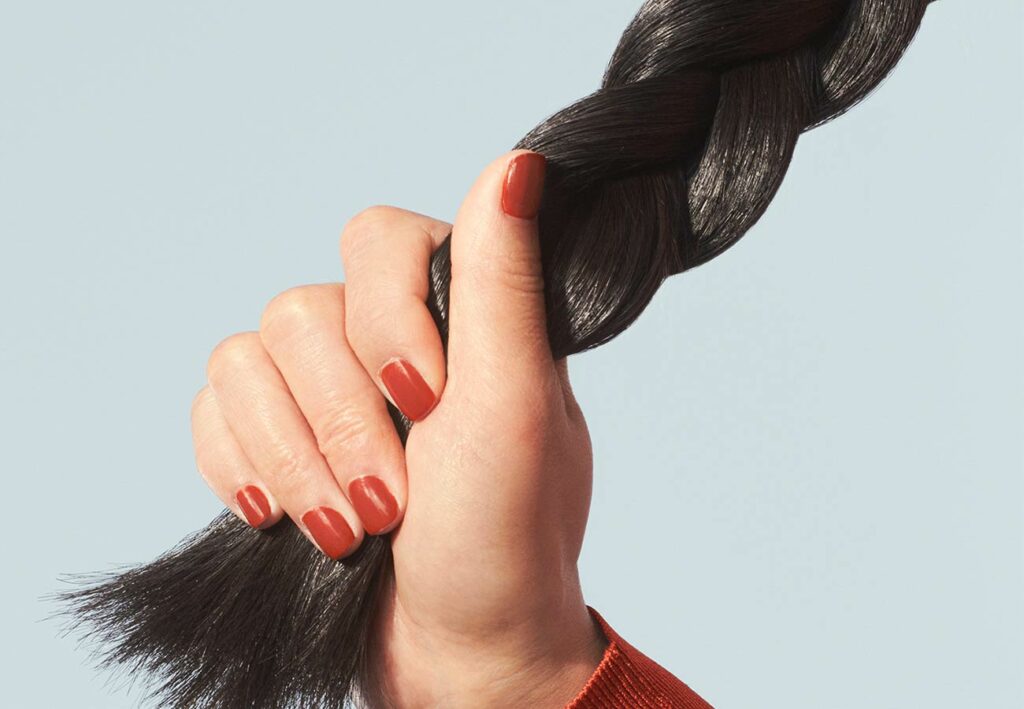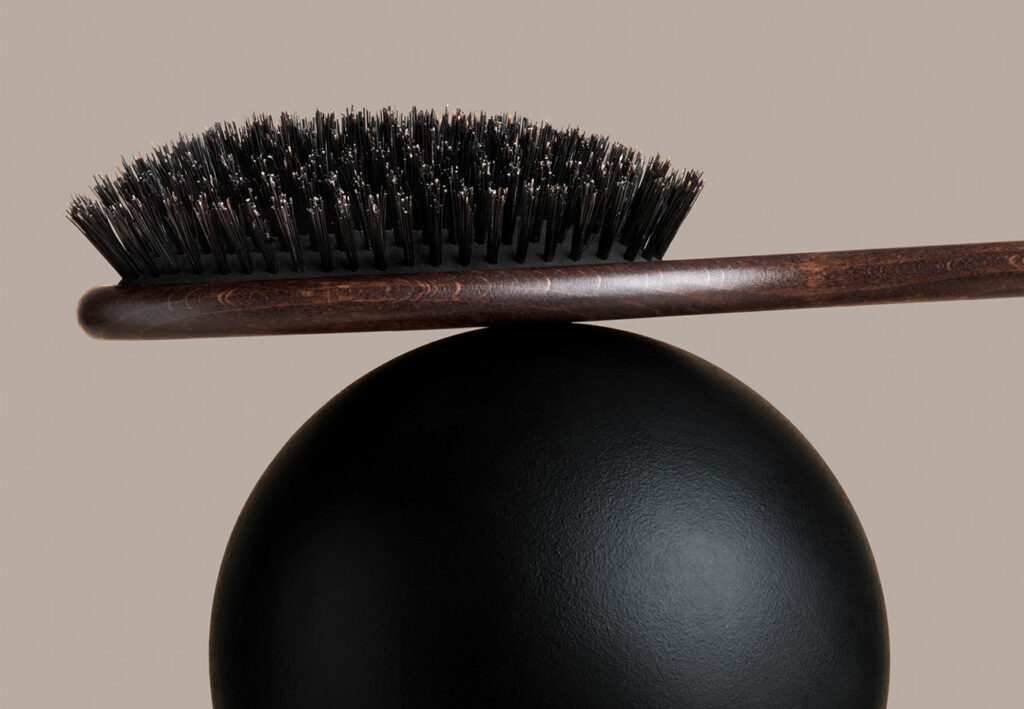1. Heat damage
What causes heat damage?
Heat styling should be done sparingly to maintain the integrity of your hair. Realistically, any form of heat can damage hair (yes, even if you only straighten your hair once a year.) This includes blow drying, flat ironing, curling, and even too much sun exposure. Anything hotter than 365°F will burn the hair indefinitely no matter what your texture is, so choosing tools that come with a temperature dial is the best way to control the amount of heat that comes in contact with your hair.
How to repair heat damage:
- Reduce or eliminate applying heat on previously damaged areas
- incorporate a weekly deep conditioning routine
- Trim damaged hair every six weeks until hair grows out
- Prep hair with a heat protectant each time before styling
2. Chemical damage
What causes chemical damage?
When permanent color and other chemical processes are applied to the hair, it can cause irreversible damage if not done correctly. This includes highlights, permanent hair color, relaxers and perms. Before having a chemical service done it’s important to consider the condition of your hair pre-treatment— it should have good elasticity, proper hydration, and an even porosity. Once hair has been processed you may notice a change in the way it feels and behaves in different environmental conditions, such as humidity.
How to repair chemical damage:
- Use sulfate-free shampoo to cleanse hair
- Add more time in between appointments (ie, highlights every six months vs. every two months)
- Reduce heat exposure to damaged ends
- Incorporate weekly deep conditioning treatments into your routine
3. Physical damage
What causes physical damage?
Physical damage can compromise the outer cuticle layer of the hair. Friction from the wrong styling tools, sleeping on harsh fabrics, and rough brushing can all contribute to small rips and tears along the hair shaft. Once split, hair can continue to tear upwards if not trimmed regularly. When this type of damage occurs, hair that was once shiny can appear dull, frizzy, and feel dry.
How to repair physical damage:
- Use soft hair elastics for braids or ponytails instead of tight rubber bands
- Deep condition with hair oil or use as an overnight treatment
- Use a leave-in conditioner when detangling with a brush
- Trim split ends every 6-8 weeks until damage grows out
In truth, the fastest way to eliminate damage is by simply getting a haircut. But, armed with the right information on the type of hair damage you have and adjusting your routine accordingly, it is possible to strengthen your hair as it continues to grow.





